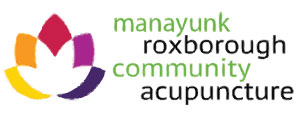In August I started the two-year Chinese Herbal Program at Won Institute of Graduate Studies. In the first year, I learn hundreds of individual herbs and their actions and second year is about the art of the herbal formula, how to combine them in personalized, balanced formulas. Herb formulas are usually decocted and ingested as a tea. They can also be ground and put into pill form, made into liquid tonics, or can be used topically such as in a paste or liniment. Although they are mostly plant parts- roots, branches, flowers, stems, seeds, barks, etc- the word medicinal is more accurate than herb since more than plants are used medicinally- fungi, minerals, shells, and although more rarely, some insect and animal parts may be used.
Chinese Medicine is starting to get major recognition around the world. One half of the 2015 Nobel Prize for Medicine went to Tu Youyou from Beijing. Tu Youyou studied Traditional Chinese Medicine and her research in the 1960s and 70s on the traditional Chinese medicine herb qing hao (known as sweet wormwood or Artemisia annua) helped to develop the malaria drug Artemesinin. She got inspiration from ancient Chinese writings, including one from 300 AD which discusses how to use sweet wormwood to treat a category of diseases that would include malaria. Artemesinin has greatly reduced the malarial death rate and her research is credited with saving millions of lives worldwide.
Studying the power of the different herbs is fascinating. Each one has unique properties, having different actions and going to different areas and meridians of the body. While studying these medicinals, I also obtain a deeper level of understanding of Chinese Medicine overall, giving me better diagnostic skills, more focused treatment strategies, and therefore more effective acupuncture point selections. I look forward to having another modality in my healing repertoire to help patients and promote wellness.
written by: Holly Prescott, M.Ac., Lic.Ac.

